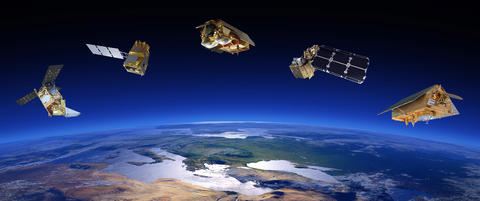Over the past 50 years, remote sensing via satellites has yielded both spectacular views of our planet and unprecedented scientific insights.
Today, Earth observation satellites are at the forefront of monitoring deforestation, rising sea levels and greenhouse gas emissions in the atmosphere.
At Airbus, we not only build many of these satellites but transform geospatial data into actionable insight to help our partners fight climate change.
Satellites to monitor climate change
More than 150 Earth observation satellites are currently in orbit. Their mission is to provide scientists with the essential data needed to detect environmental changes on Earth. Because more than 50% of climate variables can only be measured from Space, Earth observation satellites are a vital tool to monitor the effects of climate change on natural ecosystems.
We are involved in all major environment-monitoring satellite programmes in Europe and play a role in all 12 of the Copernicus missions.
At any one time, 20 of our satellites are involved in climate change monitoring and an additional 20 are in development. Our complete fleet of satellites measures:
- Key atmospheric constituents
- Land and sea topography
- Air quality, temperature and humidity
- Snow and ice coverage
This critical geospatial data enables us to:
- Provide scientists with a better understanding of the Earth’s system and evolution
- Help governments and humanitarian agencies prepare for and manage disasters
- Generate environmental impact assessments for large industries
Earth observation satellites
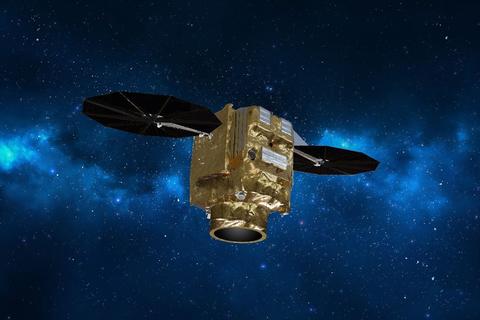
Aeolus
Equipped with a Doppler wind LIDAR, this satellite monitored the Earth’s wind patterns on a global scale for almost five years. The observations were used to improve weather forecasting and climate models and a future generation satellite is being considered by the European Space Agency.
For more information on Aeolus click here.

Airbus satellite fleet
Owned and operated by Airbus, this satellite fleet delivers geo-intelligence services for a variety of applications. Current in-orbit satellites include optical satellites Pléiades Neo, SPOT and Pléiades, as well as Vision-1 and the DMC Constellation, and radar satellites TerraSAR-X, Tandem-X and PAZ.
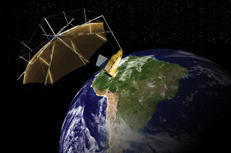
Biomass
Currently in production, this satellite will monitor levels of carbon captured by trees. The spacecraft will carry the first space-borne P-band radar to deliver exceptionally accurate maps of tropical, temperate and boreal forest biomass that are not obtainable by ground-measurement techniques.

Copernicus and the Sentinel family
The largest provider of Earth observation data in the world, this European satellite programme focuses on improving environmental management, understanding and mitigating climate change effects, disaster and crisis management and ensuring civil security. Airbus-built Sentinels 2, 5P and 6 are currently in orbit. New satellites LSTM, CRISTAL and ROSE-L with its Airbus-built instrument, will launch as of 2027 to expand the current capabilities in key areas such as food security, irrigation and water scarcity.
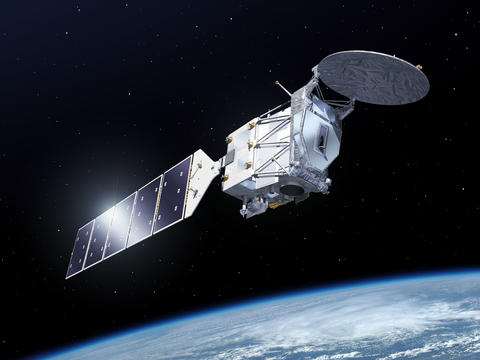
EarthCARE
This satellite, undergoing the last preparations before launch, will monitor the impact of clouds and tiny atmospheric particles (aerosols) on atmospheric radiation. Key focus areas will include investigating the interrelationships between clouds and precipitation, and their effects on radiation.

MetOp-SG
This new generation of two satellites will provide continuity for meteorological measurements currently collected by in-orbit MetOp satellites. Improved spectral and spatial resolution measurements are among the enhancements in this second generation.
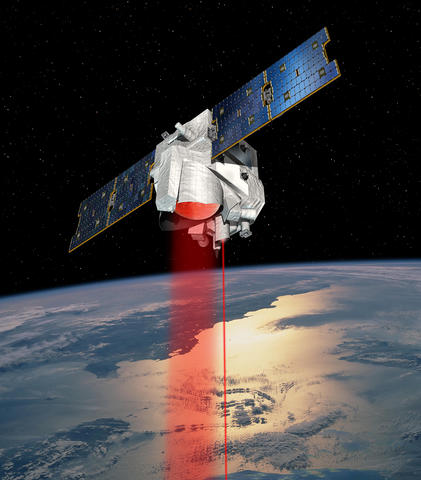
Merlin
This satellite programme (a joint programme run by CNES and DLR) is set to study greenhouse gases and global warming. Merlin will use LIDAR to probe the atmosphere and determine the varying concentrations of methane. This gas, along with carbon dioxide, is one of the main contributors to the greenhouse effect.
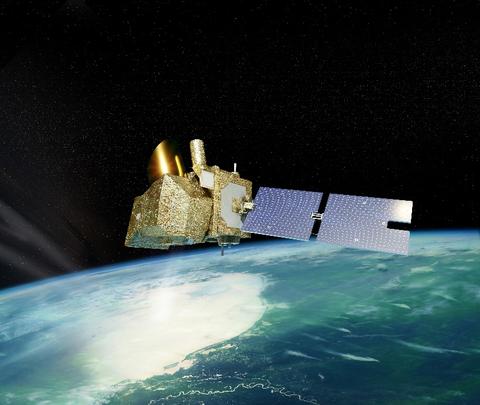
MicroCarb
This satellite, carrying an optical instrument built by Airbus, will launch the first European mission dedicated solely to measuring CO2 levels using a spectrometer at visible and near infrared wavelengths. This mission will complement Merlin.
Latest news


